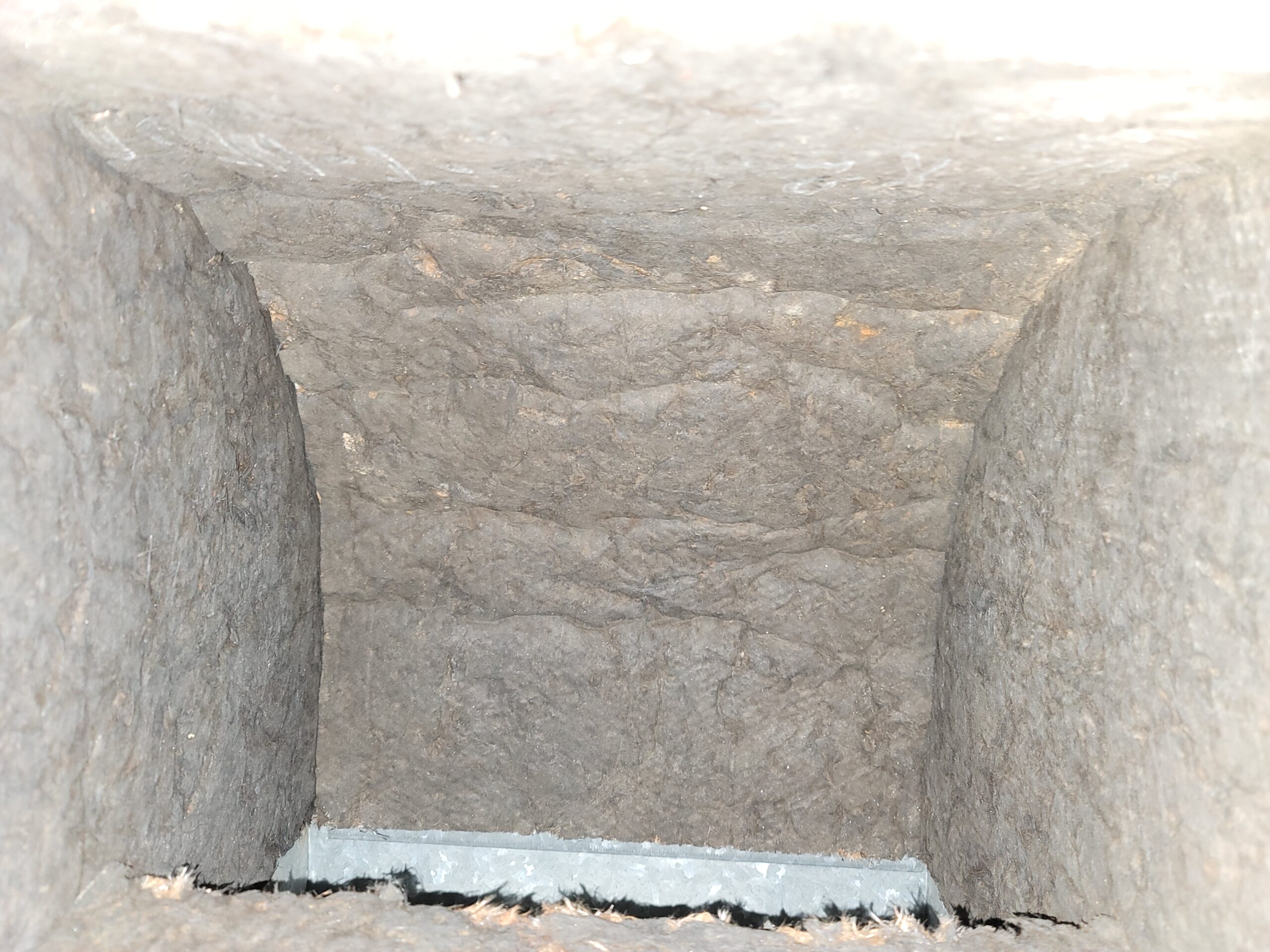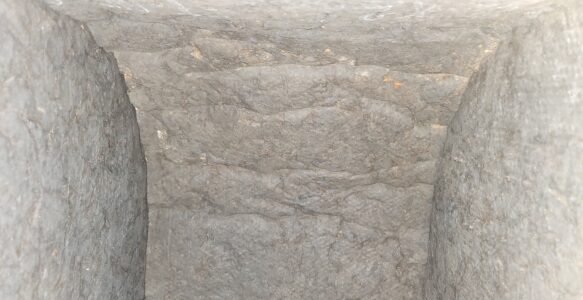Residential heating, ventilation, and air conditioning (HVAC) systems play a crucial role in maintaining indoor air quality and comfort. One of the key components of these systems is the duct work, which transports air from the HVAC unit to the various rooms in the home. There are two types of duct work: insulated and non-insulated.
Insulated duct work is lined with a layer of insulation, usually made of fiberglass or foam, to prevent heat loss or gain during air transport. This type of duct work is recommended in areas where temperatures can fluctuate significantly, as it helps regulate indoor air temperature and reduce energy consumption.
On the other hand, non-insulated duct work does not have any insulation and is typically found in older homes or in areas where temperatures are more consistent. This type of duct work can be more cost-effective than insulated duct work, but it may result in increased energy consumption and indoor air temperature fluctuations.
The National Air Duct Cleaners Association (NADCA) recommends sealing insulated duct work after an air duct cleaning has been completed. This is because a properly sealed duct work system can prevent air leaks, which can reduce energy consumption and improve indoor air quality. Air leaks can occur due to improper installation, age, or damage, and sealing the duct work can help address these issues.
Sealing the duct work not only improves energy efficiency and indoor air quality, but it also locks down any fiberglass that may have been knocked loose during the air duct cleaning process. During the cleaning, agitators are often used to remove built-up debris from the ducts, and this can cause some of the insulation material to become dislodged. If the insulation is not secured after cleaning, it can become a source of indoor air pollution, as well as reducing the effectiveness of the insulation. Sealing the duct work ensures that the insulation material is properly secured, reducing the risk of indoor air pollution and maintaining the energy efficiency of the HVAC system. This is why NADCA strongly recommends sealing insulated duct work after air duct cleaning.
Insulated and non-insulated duct work serve different purposes and have different benefits and drawbacks. Insulated duct work is recommended in areas with fluctuating temperatures, while non-insulated duct work is typically used in areas with consistent temperatures. NADCA recommends sealing insulated duct work after air duct cleaning to improve energy efficiency and indoor air quality. When considering duct work for your home, it is important to consult with a professional to determine the best option for your specific needs.


